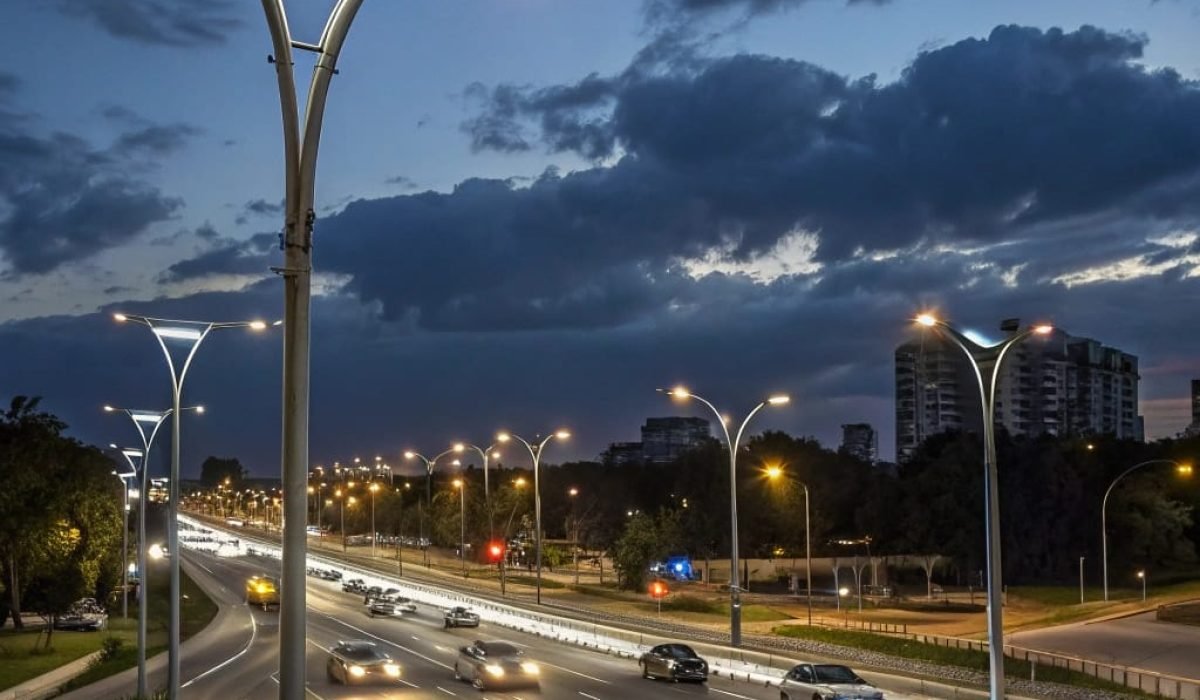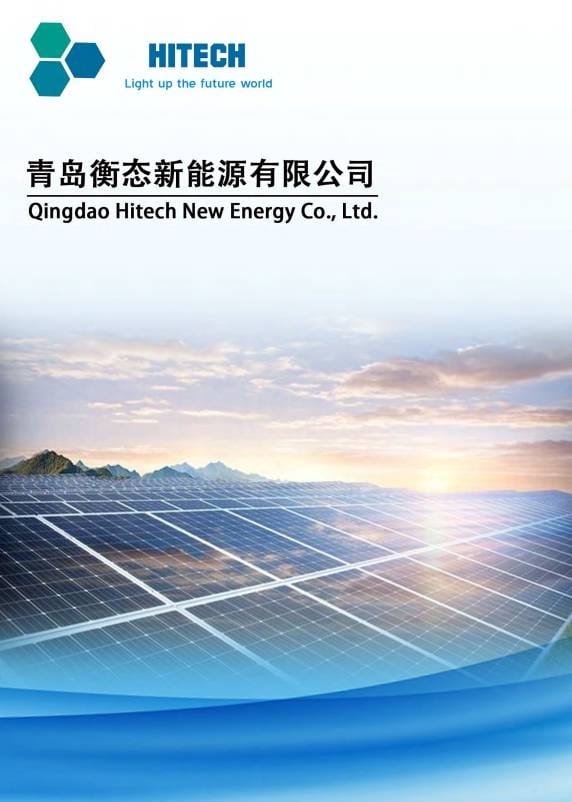AC street lights are lighting systems that use alternating current (AC) to provide illumination for public roads, highways, parks, and other outdoor spaces. They are increasingly popular due to their energy efficiency, cost-effectiveness, and ability to integrate with advanced technologies like smart sensors and LEDs. These lights are an essential part of modern urban infrastructure, helping to ensure safety, visibility, and security in public areas at night.
AC street lights are powered by the local power grid, making them highly reliable and efficient for continuous operation. With growing concerns about energy consumption and sustainability, AC street lights are a practical choice for municipalities looking to reduce costs while maintaining high-quality illumination.
Do Street Lights Use AC or DC?
One of the most common questions when considering street lighting systems is whether they use AC or DC power. AC (Alternating Current) is the most widely used power type for street lighting systems, and for good reason.
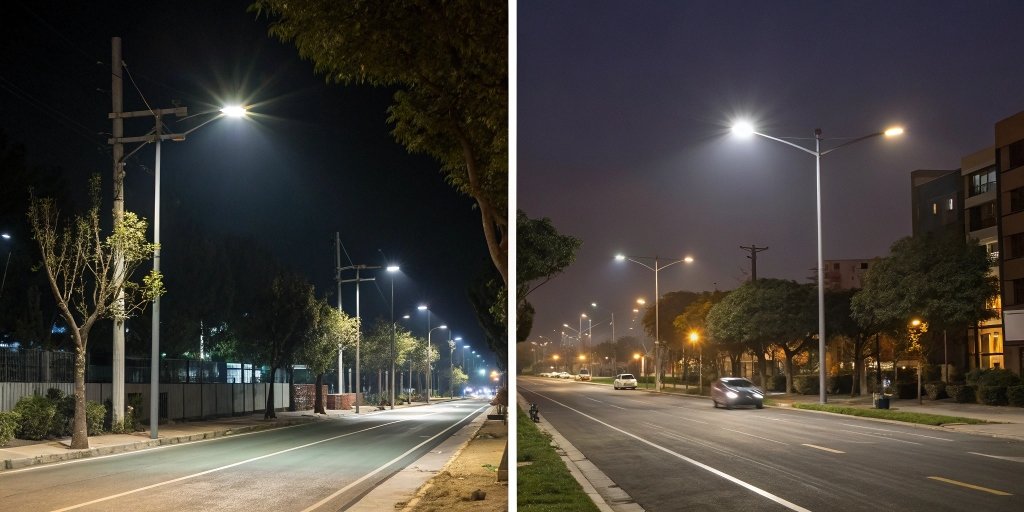
Street lighting systems, including modern AC-powered models, are typically designed to run on AC. The primary reason for this is the efficiency of AC for long-distance power distribution, which makes it the ideal solution for urban areas. Since AC is readily available through the grid, street lights powered by AC are easy to install and maintain. This also means they come with lower operational costs compared to systems requiring specialized DC setups or battery solutions.
AC street lights are connected to the local power grid, and a power supply unit ensures the conversion of AC electricity into the proper voltage and current for the lights to function. These lights can also be paired with solar energy systems, but the core power comes from the grid, making it reliable and cost-effective.
Comparison of AC vs DC in Street Lights
| Feature | AC Street Lights | DC Street Lights |
|---|---|---|
| Power Source | Alternating Current (AC) | Direct Current (DC) |
| Power Distribution | Efficient for long distances, widely available | Requires specialized power setups or batteries |
| Installation Cost | Lower installation and maintenance costs | Higher due to conversion requirements and infrastructure |
| Energy Efficiency | More energy-efficient, especially with LEDs | Less efficient for large-scale street lighting |
| Common Use | Most common for urban and public lighting | Typically used in small, off-grid locations or backup power systems |
What Type of Light is Used for Street Lights?
The type of light used for street lights has a significant impact on the overall performance and energy consumption of the system. LED (Light Emitting Diode) lights are now the industry standard, providing significant advantages over older lighting technologies.
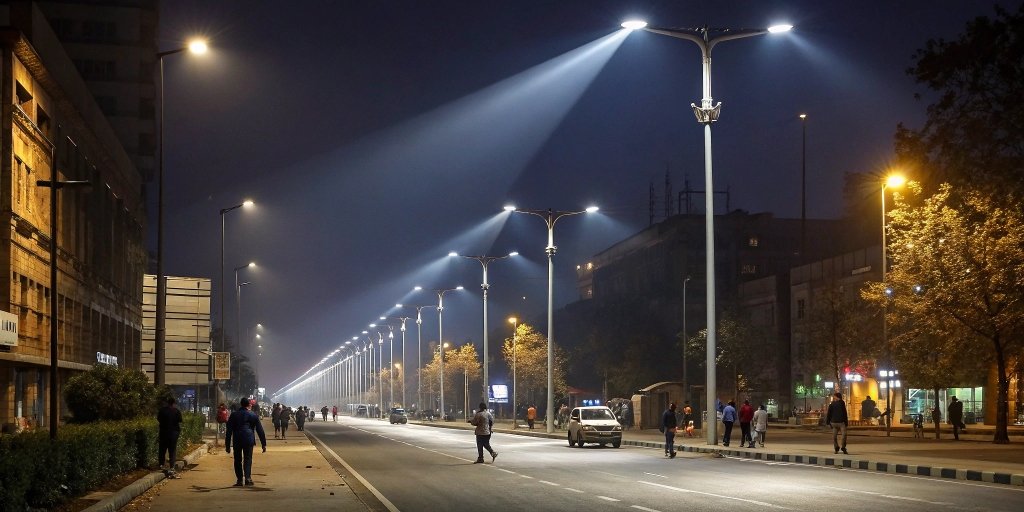
LEDs are the most common light source for modern street lighting due to their energy efficiency and long lifespan. These lights use much less power than older systems like high-pressure sodium (HPS) or metal halide lights, while offering much brighter illumination. For instance, LED street lights can cut energy consumption by up to 50-60% when compared to traditional HPS lights.
Although LEDs are now the preferred choice, some cities still use HPS lights, which give off a yellowish light. While they are cheaper upfront, HPS lights consume more energy, have a shorter lifespan, and require more maintenance. Upgrading to LEDs is often seen as a more sustainable and cost-effective option.
Additionally, there is an increasing trend of solar-powered street lights. These combine LED lights with solar panels, providing a sustainable and environmentally friendly option. Solar-powered systems store energy during the day and use it at night, reducing the dependency on the grid and offering savings on electricity bills.
What Are Smart Street Lights?
As cities continue to evolve, smart street lights are becoming more common. These lighting systems are designed to be more adaptive and energy-efficient, with the integration of sensors and smart technologies.
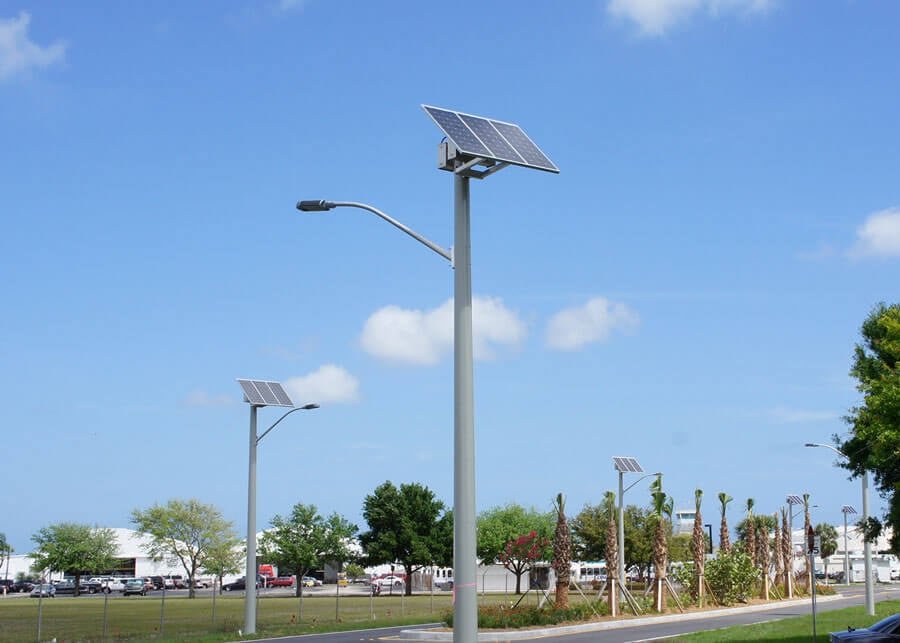
Smart street lights offer features like motion detection, ambient light adjustment, and real-time monitoring. With these capabilities, they can automatically adjust their brightness depending on traffic, weather conditions, or pedestrian activity. For example, the lights can dim when no movement is detected and brighten when cars or pedestrians are present, thus saving energy.
One of the key benefits of smart street lights is their ability to reduce energy consumption. These lights can adjust in real-time to ensure that the areas are only lit when necessary, which directly leads to cost savings. Furthermore, smart street lights can be integrated with a city's traffic control and public safety systems, creating a more connected and efficient urban environment.
Smart street lights also enable remote monitoring and management. By integrating sensors, municipalities can monitor the health of each light in real-time, making maintenance much more efficient. This means that any faults or failures can be detected early, allowing for faster repairs and reduced downtime.
Advantages of AC Street Lights
There are several key advantages to using AC-powered street lights, making them a popular choice for urban areas around the world.
Energy Efficiency
AC street lights are more energy-efficient compared to older systems, especially when equipped with LEDs. With LED technology, energy use is minimized, resulting in lower electricity bills. Additionally, smart features like dimming and motion detection further optimize energy consumption.
Environmental Benefits
Because AC street lights are energy-efficient and use renewable technologies like solar power, they help reduce overall carbon emissions. This contributes to a sustainable environment, making them ideal for cities and businesses focused on reducing their environmental footprint.
Cost-Effectiveness
The reduced energy consumption translates directly into cost savings, both in terms of electricity bills and long-term maintenance. LEDs, for example, have a longer lifespan than older bulbs, meaning they need to be replaced less frequently. Additionally, the integration of smart monitoring systems reduces the need for manual inspections.
Flexibility
AC street lights can be easily integrated into existing infrastructure. Whether upgrading old street lights or building new systems, the installation of AC street lights can be done without major disruptions to the urban landscape. Plus, these lights can be further enhanced with smart features, adaptive lighting, and energy-saving technologies.
Challenges of AC Street Lights and Solutions
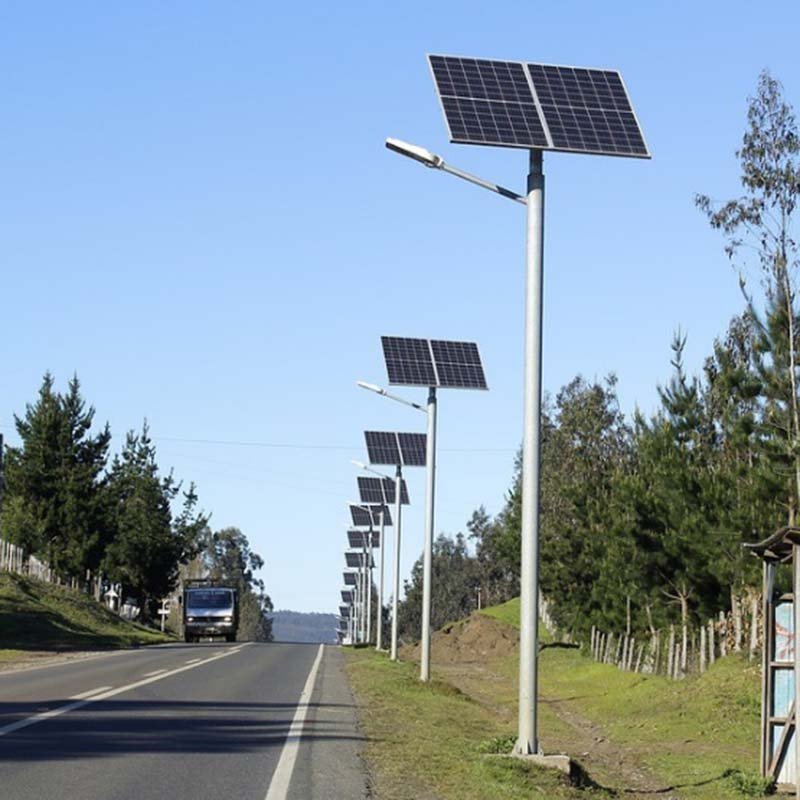
Despite their many benefits, AC street lights come with a few challenges that need to be addressed.
Compatibility with Existing Infrastructure
One of the challenges of integrating AC street lights is ensuring compatibility with existing grid systems. In some cases, grid upgrades might be required to support modern lighting solutions.
Maintenance Needs
Regular maintenance is crucial to ensure AC street lights function properly. Exposure to harsh weather conditions can cause wear and tear, making regular checks and preventive maintenance programs essential for prolonging the lifespan of the lights.
Weather Resistance
AC street lights need to withstand harsh environmental conditions, including extreme temperatures, rain, and wind. Ensuring that street lights are designed with durable materials can help mitigate weather-related damage.
Solutions
- Collaboration between municipalities, utility companies, and manufacturers to ensure proper installation and maintenance.
- Upgrading power distribution systems to support modern lighting solutions.
- Implementing preventive maintenance programs to keep the lights working efficiently for years to come.
Future Trends and Innovations in AC Street Lighting
The future of AC street lighting is exciting, with emerging technologies paving the way for smarter, more energy-efficient solutions.
Smart City Integration
Smart cities are increasingly integrating smart street lighting systems that offer centralized control and real-time data analytics. This allows cities to optimize energy usage, reduce costs, and improve the management of urban infrastructure.
Solar-Powered Street Lights
There is a growing interest in solar-powered AC street lights. These lights combine the benefits of solar energy with AC power backup, making them both environmentally friendly and cost-effective in the long run.
Adaptive Lighting Solutions
Future AC street lights will be equipped with more intelligent systems that adjust the brightness based on real-time traffic and weather conditions. This will further optimize energy use while maintaining safety and visibility.
IoT Integration
The Internet of Things (IoT) is set to revolutionize street lighting by enabling remote monitoring, fault detection, and energy management. Through IoT-enabled systems, AC street lights will become an integral part of a city's smart grid.
Conclusion
AC street lights are transforming urban lighting by offering energy efficiency, cost savings, and integration with advanced technologies. Whether it's the adoption of LEDs, the integration of smart sensors, or the potential of solar-powered solutions, AC street lights are here to stay. As cities continue to evolve, the future of street lighting will be smarter, more sustainable, and more connected than ever before.

